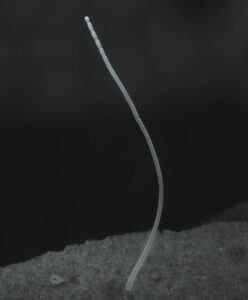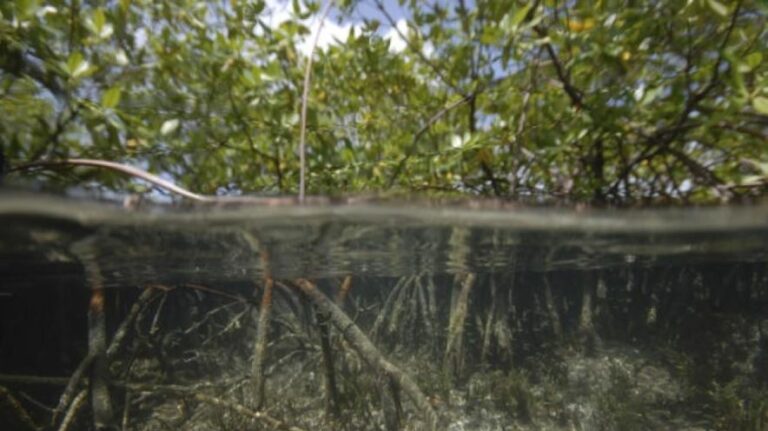When we think of bacteria, we think of microbes, organisms so small that they can’t be seen with the unaided eye. And that’s true. But on June 23, 2022, scientists announced that they’ve identified a species of bacteria that is 50 times larger than the previously largest known bacterium. In fact, it reaches up to about 0.4 inches (1 centimeter) in length, easily seen by the unaided eye!
The researchers published their discovery in the peer-reviewed journal Science on June 23, 2022. A free preprint version of the paper is also available on bioRxiv.
also read
AI-piloted Sky Cruise could carry 5,000 passengers (video)
My big fat Greek baptism – Zach Galifianakis becomes a godfather in Crete (photos)
Bacteria and archaea are the most diverse and abundant organisms on Earth. In 2019, scientists even found bacteria that eat and breathe electricity! So perhaps it’s not too surprising to find bacteria that are a lot bigger than usual, too.
Scientists discovered the bacterium – called Thiomargarita magnifica – in shallow tropical marine mangroves in Guadeloupe, Lesser Antilles, in the Caribbean. Guadeloupe is an archipelago and overseas department and region of France.

When researchers first found it in 2009, they didn’t realize it was a bacterium. Due to its large size, researchers thought it was possibly a species of eukaryote. Eukaryotes are single-celled or multicellular organisms whose cell contains a distinct, membrane-bound nucleus. Silvina Gonzalez-Rizzo at the University of the Antilles stated that:
I thought they were eukaryotes; I didn’t think they were bacteria because they were so big with seemingly a lot of filaments. We realized they were unique because it looked like a single cell. The fact that they were a ‘macro’ microbe was fascinating!
more at earthsky.org
Ask me anything
Explore related questions





